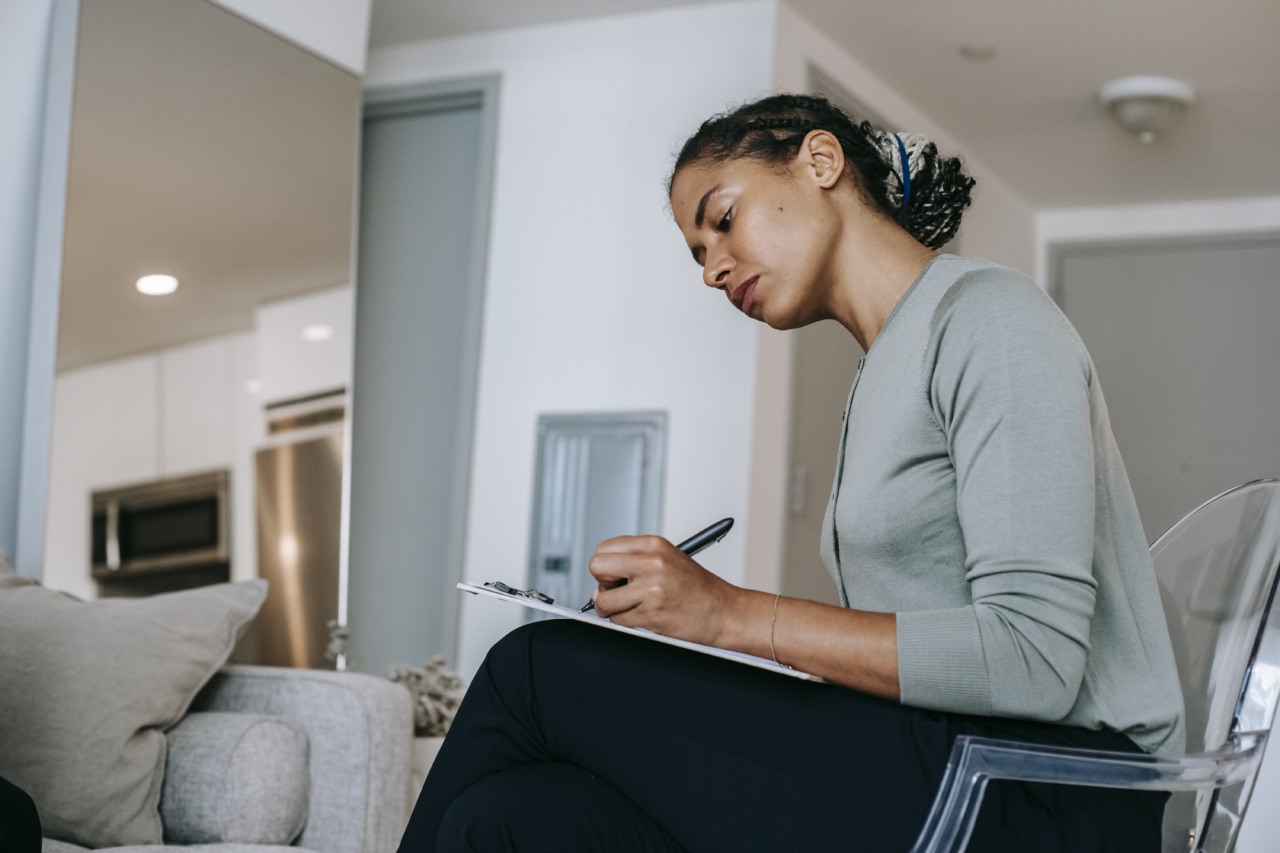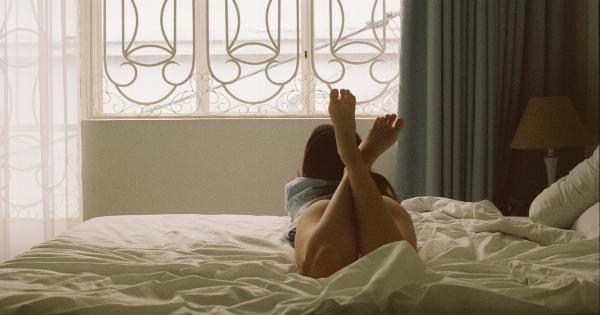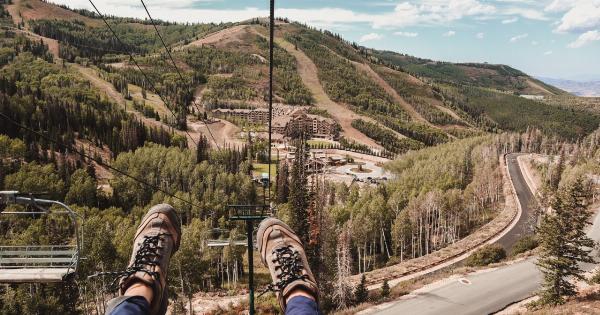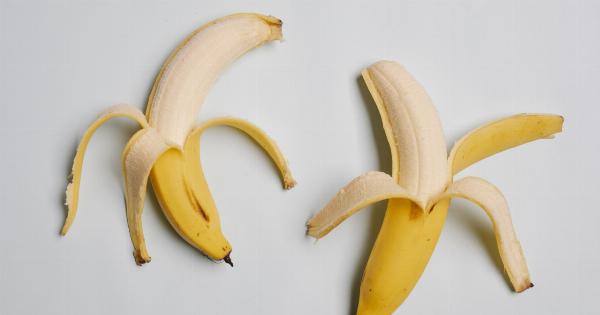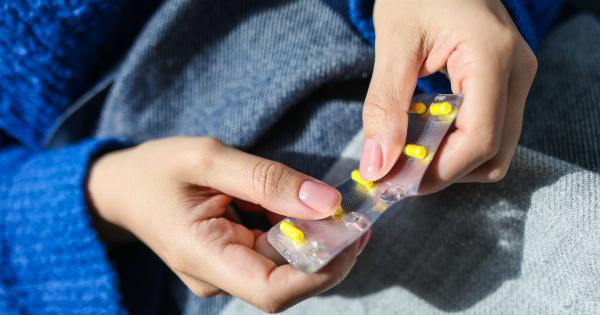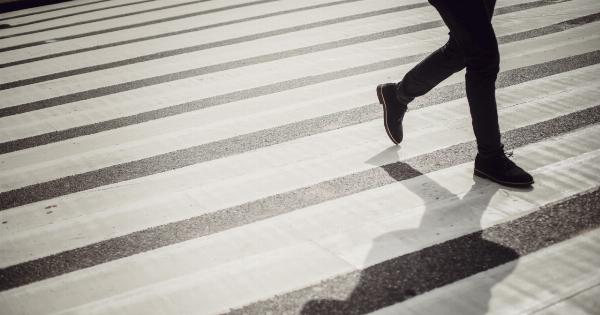Having blisters on your legs can be uncomfortable and painful. Whether you got them from wearing ill-fitting shoes, walking for too long, or any other cause, it’s essential to address them properly to promote healing and prevent infection.
In this comprehensive guide, we will discuss various methods to treat blisters on the legs effectively.
Understanding blisters
Blisters are small pockets of fluid that form on the topmost layer of the skin. They occur as a result of friction, burns, allergic reactions, or medical conditions such as herpes or eczema.
Blisters on the legs are commonly caused by friction, usually due to constant rubbing of shoes or socks against the skin. The accumulated friction results in the separation of the skin layers, filling the space with fluid to protect the underlying tissues.
Identifying and assessing blisters
Before determining the suitable treatment for blisters on your legs, you must identify and assess them based on their severity and condition. Blisters can range from minor irritations to more severe forms. Here are some factors to consider:.
1. Size:
Most blisters are relatively small, around the size of a pea. However, larger blisters may require more attention and caution during treatment.
2. Color:
The color of the blister can vary depending on its severity. Small, superficial blisters are often clear or slightly reddish. However, if a blister becomes infected, it may turn yellow or green, indicating the presence of pus.
3. Pain level:
The level of pain associated with a blister can vary depending on its cause and severity. Some blisters may be painless, while others can cause discomfort or throbbing pain.
4. Location:
The location of the blister is crucial as it can impact your mobility and daily activities. For example, if a blister is on the sole of your foot, it may be more troublesome and require additional care to avoid further aggravation.
Treating blisters
Now that you have assessed your blister, it’s time to explore suitable treatment options. Here are some effective methods to treat blisters on the legs:.
1. Leave it alone:
If the blister is small, painless, and not prone to friction, leaving it alone might be the best approach. The fluid-filled blister functions as a protective barrier against infection.
Simply clean the area gently with mild soap and water during regular bathing and cover it with a clean bandage or dressing.
2. Sterilize and drain:
If your blister is larger or causing discomfort, you may choose to drain it. However, it’s essential to follow proper sterilization techniques to minimize the risk of infection.
Clean the blister and the surrounding area with rubbing alcohol or iodine. Use a sterilized needle to puncture the blister at its base, allowing the fluid to drain. Avoid removing the overlying skin to maintain protection while the new skin forms. After draining, apply an antibiotic ointment and cover with a sterile bandage.
3. Apply cold compress:
In case your blister is painful or inflamed, you can find relief by applying a cold compress. Wrap some ice cubes in a thin cloth and gently press it against the blister for 10-15 minutes.
The cold temperature will help reduce inflammation and alleviate pain.
4. Use blister pads or cushions:
If your blister is frequently exposed to friction, consider protecting it with blister pads or cushions. These are available in various shapes and sizes and can be easily applied over the blister.
They create a barrier between the blister and your shoes or socks, reducing the friction that can worsen the condition.
5. Keep it clean:
Maintaining proper hygiene is crucial to prevent infection and promote healing. Clean the blistered area daily with mild soap and water, and pat it dry gently. Avoid scrubbing the blister as it can cause irritation or further damage.
6. Avoid popping or peeling:
One common mistake people make is popping or peeling the blister’s overlying skin. It may be tempting, but doing so can increase the risk of infection or delay the healing process.
Allow the blister to heal naturally and let the outer layer of skin peel off on its own.
7. Over-the-counter treatments:
If your blister is causing considerable discomfort, you may try over-the-counter treatments such as hydrocolloid dressings or gel pads.
These products provide additional cushioning, absorb excess fluid, and protect the blister during the healing process.
8. Use antibiotic ointments:
If a blister becomes infected or shows signs of inflammation, applying antibiotic ointments can help prevent further complications. Remember to clean the area thoroughly before applying the ointment and cover it with a sterile bandage.
9. Seek medical attention for severe blisters:
If your blister is exceptionally large, extremely painful, or showing signs of infection (increased redness, warmth, or pus), it is advisable to seek medical attention.
A healthcare professional will assess the blister’s severity and provide appropriate treatment, such as draining, antibiotics, or professional wound care.
Prevention tips for future blisters
Prevention is key when it comes to avoiding blisters on the legs. Here are some tips to help you prevent future occurrences:.
1. Wear comfortable shoes:
Ensure your shoes fit properly and don’t rub against your legs. Avoid wearing new shoes for extended periods without breaking them in first.
2. Use moisture-wicking socks:
Moisture-wicking socks can reduce the accumulation of sweat, thereby minimizing the chances of friction and blister formation.
3. Apply friction-reducing products:
Consider applying talcum powder or specialized anti-friction balms or creams on areas prone to blistering. These products reduce friction and prevent blisters from forming.
4. Wear appropriate clothing:
When engaging in physical activities or sports, wear suitable clothing that reduces friction and irritation.
5. Take regular breaks:
If you’ll be engaging in prolonged physical activities, take regular breaks to rest and give your legs time to recover.
Conclusion
By following the appropriate treatment methods and preventive measures mentioned in this comprehensive guide, you can effectively treat blisters on your legs and prevent their recurrence.
Remember to assess the severity of the blister and take necessary steps accordingly. If severe, always consult a healthcare professional for proper evaluation and treatment.
